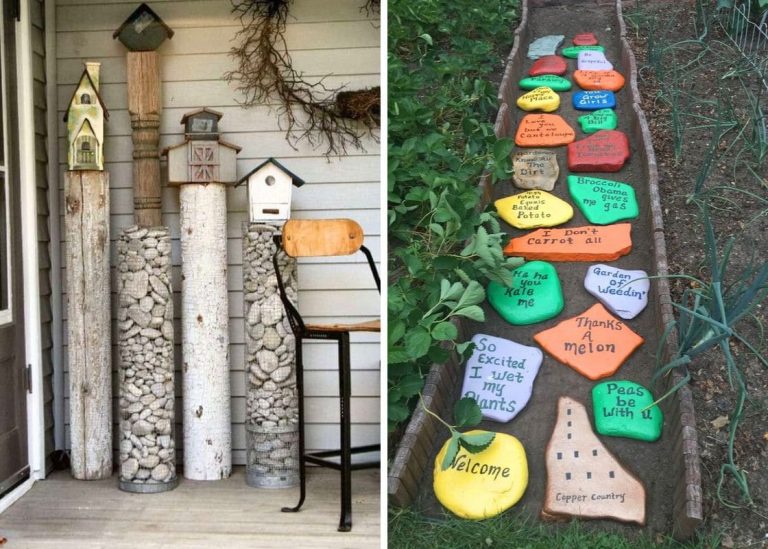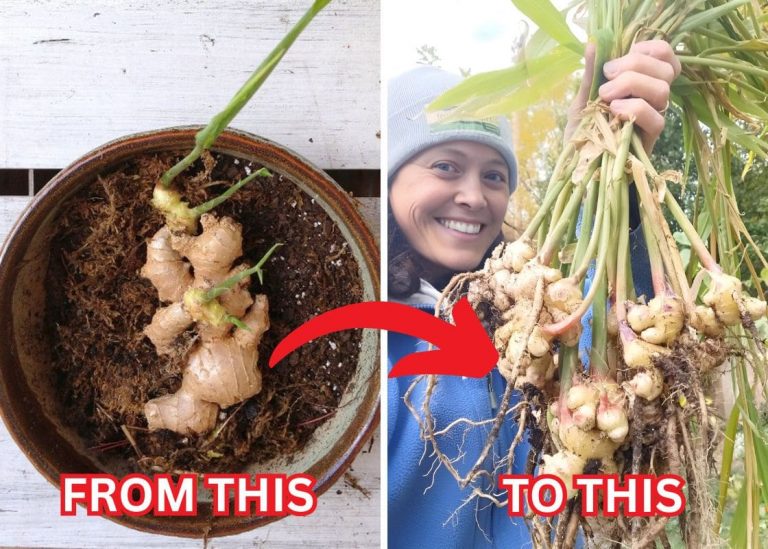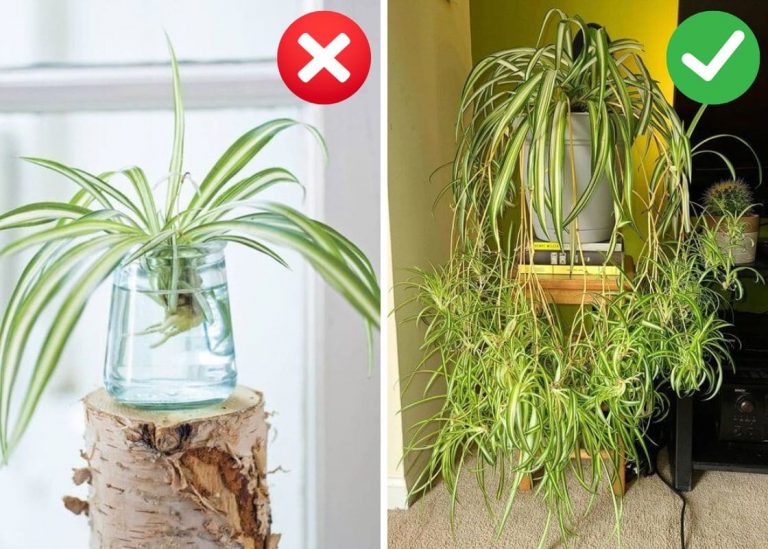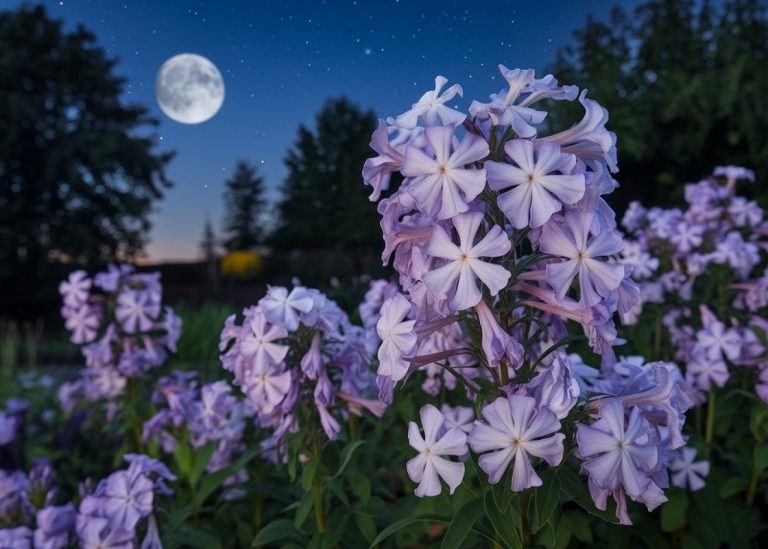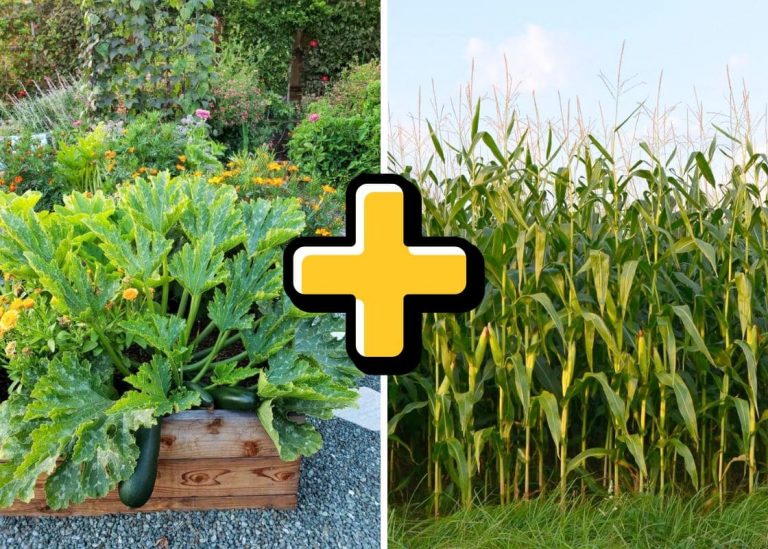20 Veggies That Keep Growing After Cutting: My Favorite “Cut and Come Again” Crops
Early mornings in the garden often feel like stepping into another world. Soft light, the gentle sound of soil being turned, and the cool brush of green leaves against my hands. On one such morning, while gathering lettuce for breakfast omelets, I noticed something that never fails to lift my heart: tiny new leaves already sprouting where I had cut a few days before.
That’s the magic of “cut and come again” vegetables. They don’t need grand plans or constant attention. Give them a little water, a little sunlight, and the occasional trim, and they’ll give back endlessly—fresh leaves, new shoots, and more meals straight from your backyard.
Through a lot of trial, plenty of learning, and a fair amount of joyful surprise, I’ve come to treasure these crops. They save time, stretch garden space, and bring a steady, almost comforting rhythm to the seasons. Here are my personal favorites—the vegetables I rely on for a garden that feels alive and giving all year long.
#1. Lettuce
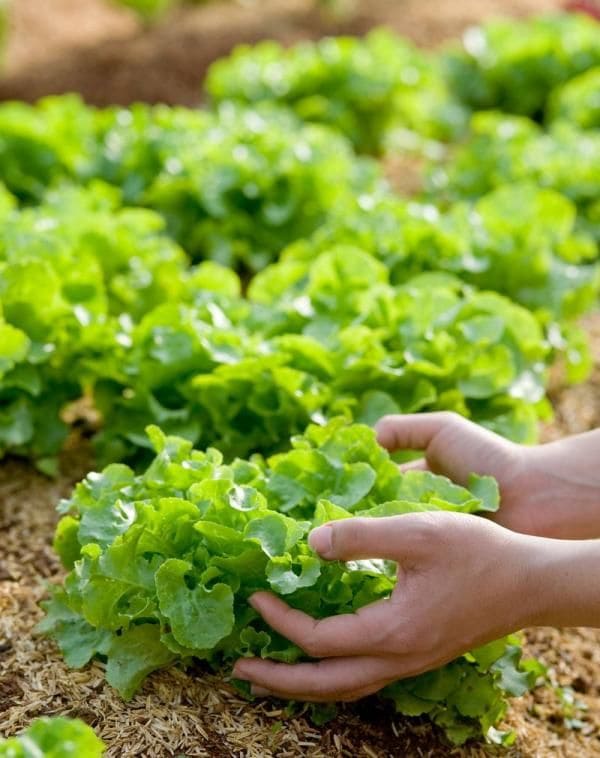
Lettuce feels like one of the most forgiving crops in the garden. I snip outer leaves early in the morning, leaving the heart untouched, and within days, fresh greens unfurl again like quiet magic. Some weeks, I harvest just enough for a handful of sandwiches, and other times, full bowls of crisp salad.
Loose-leaf varieties such as Oakleaf and Romaine bounce back fastest. They thrive best with regular watering and a little afternoon shade when summer tries to scorch everything else.
#2. Spinach
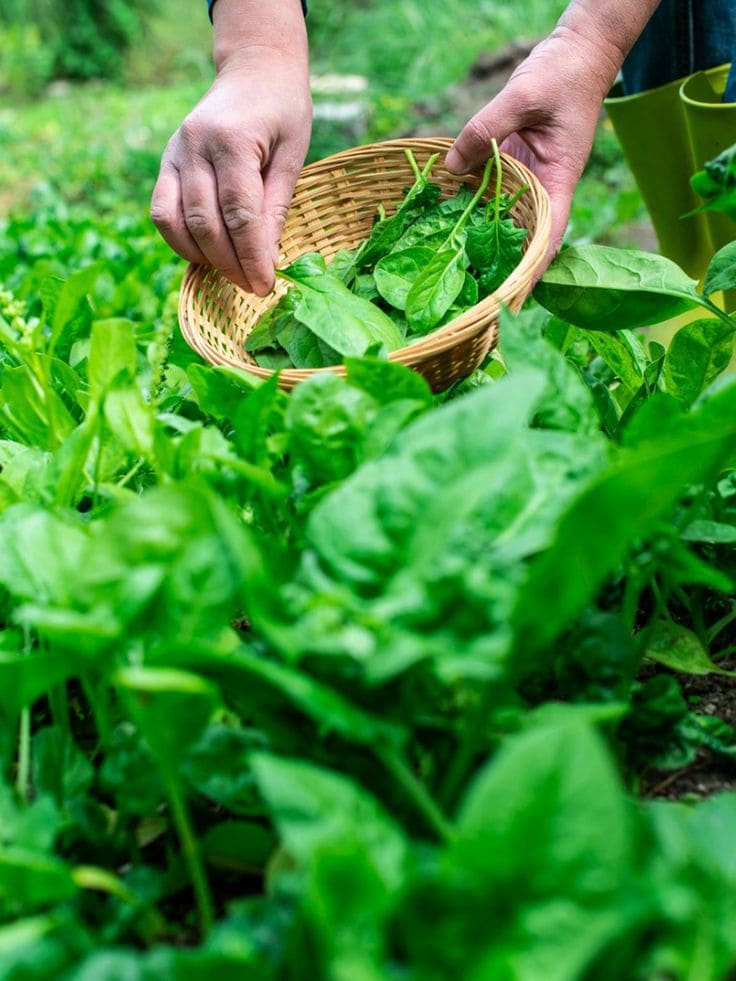
Spinach has saved more last-minute dinners than I can count. I cut it an inch above the soil, and almost without fail, it throws up new, tender leaves within a week. The cooler the weather, the sweeter and softer the leaves become.
Packed with iron and vitamin C, spinach feels like a deep breath for the body. I sow it in shady spots as summer creeps closer, extending the harvest before it bolts.
#3. Kale
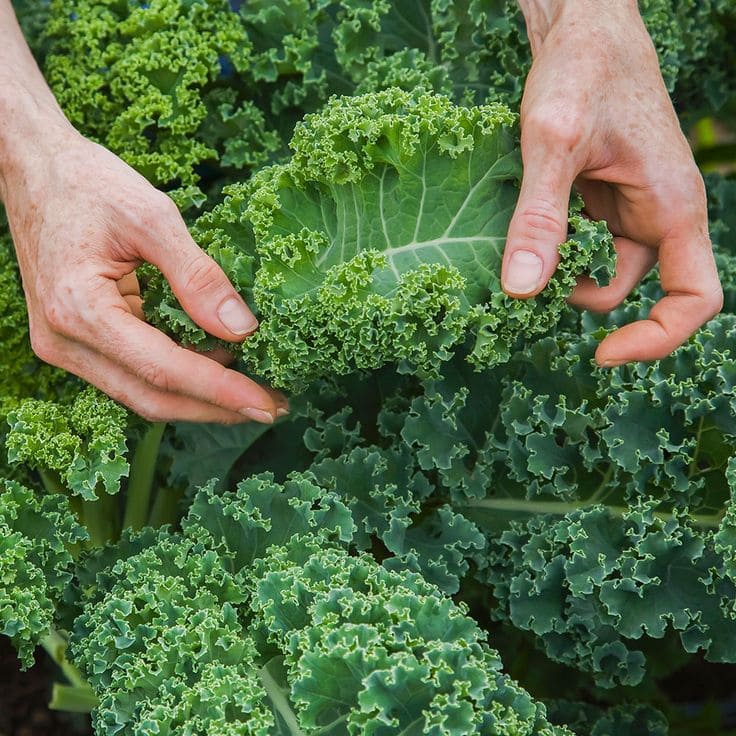
Kale stands strong even when the garden feels battered by wind or frost. Picking the bottom leaves keeps the center rising taller, fresher, sweeter. I often gather kale on misty mornings, its leaves crisp with dew.
Rich in vitamins A, K, and C, kale is a true survivor. I find it needs little more than steady snipping and occasional mulching to keep growing until deep into winter.
#4. Swiss Chard
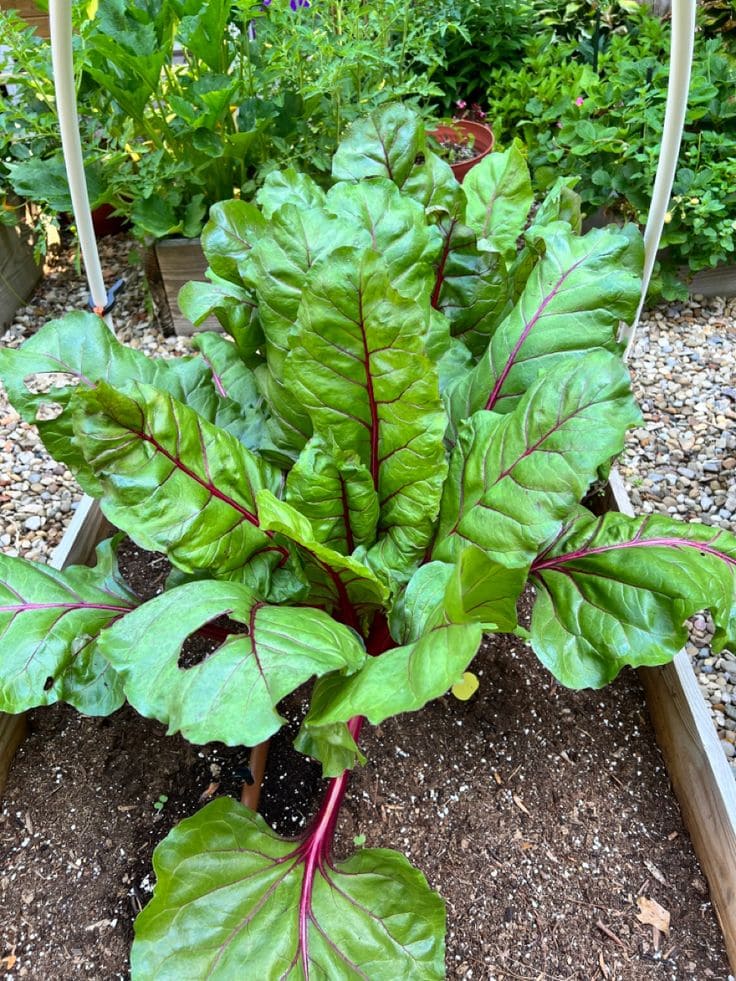
Swiss chard looks like someone splashed a paintbrush across the garden. Even in July’s heavy heat, it keeps sending up bright stalks and glossy leaves. I harvest around the edges, and the center never seems to miss a beat.
Its deep greens and candy-colored stems are rich in magnesium, fiber, and antioxidants. Chard has been my go-to for quick sautés and colorful garden bouquets all season long.
#5. Arugula
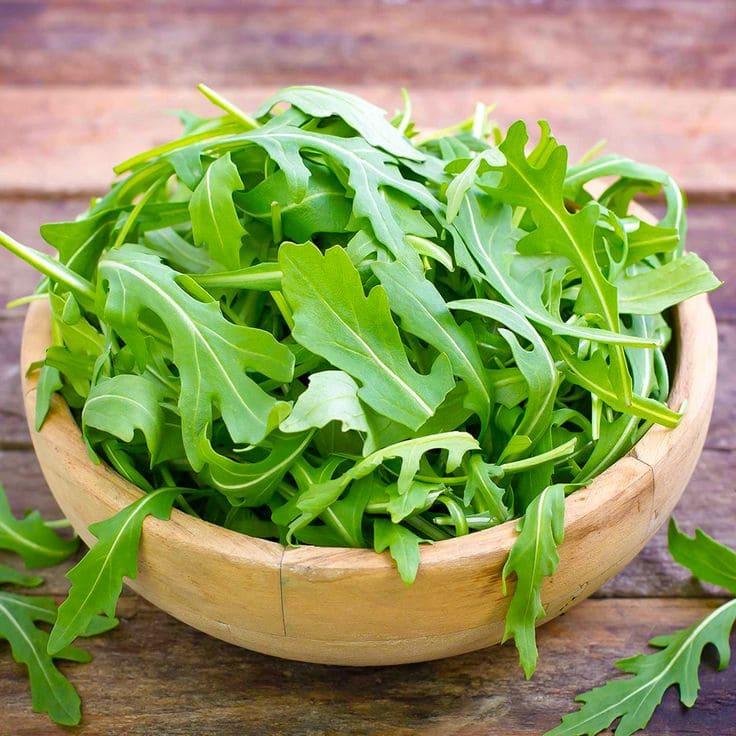
Arugula grows with a certain wildness that I adore. One careful cut a few inches above the ground, and it answers with a rush of new, peppery leaves. It’s like a garden’s own heartbeat in spring.
Tender baby arugula adds zip to salads, but older, spicier leaves make fantastic pesto. Frequent cutting keeps it from bolting too fast once the warm days settle in.
#6. Bok Choy
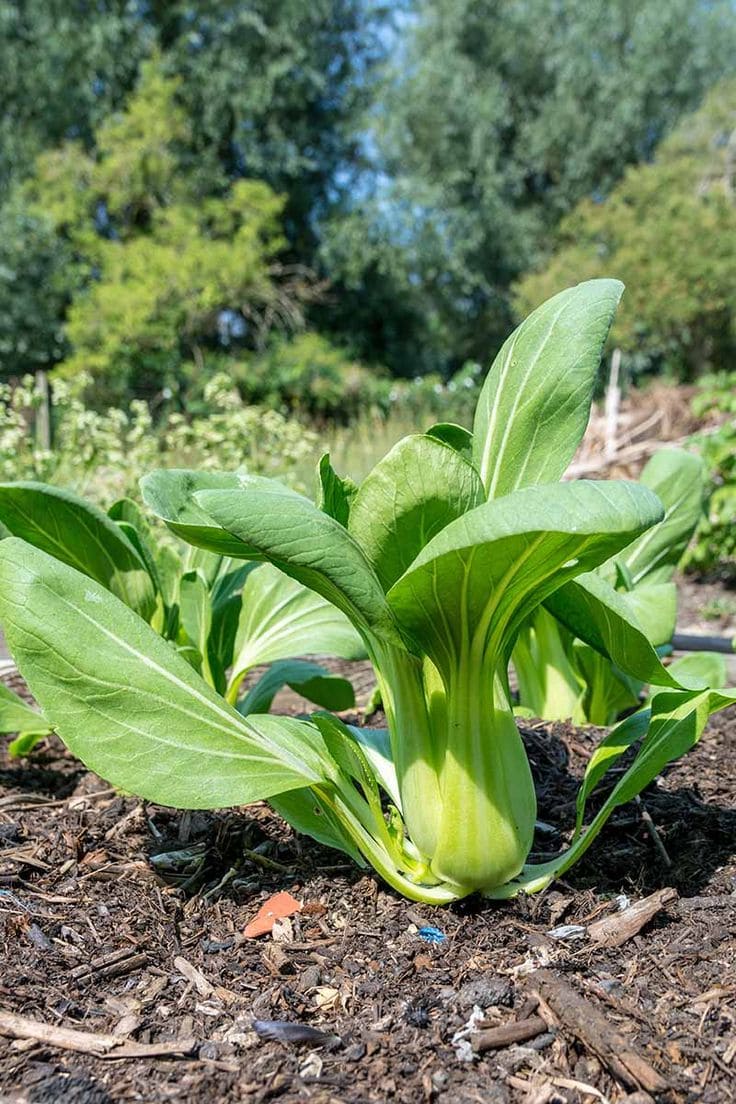
Bok choy feels like a small miracle every time it regrows. After I slice off the full head a couple of inches above the soil, tiny new shoots appear almost overnight. Cool mornings and moist soil keep the plants crisp and sweet.
Full of vitamin C and potassium, bok choy brings fresh crunch to stir-fries just when I’m craving something light and green.
#7. Mustard Greens
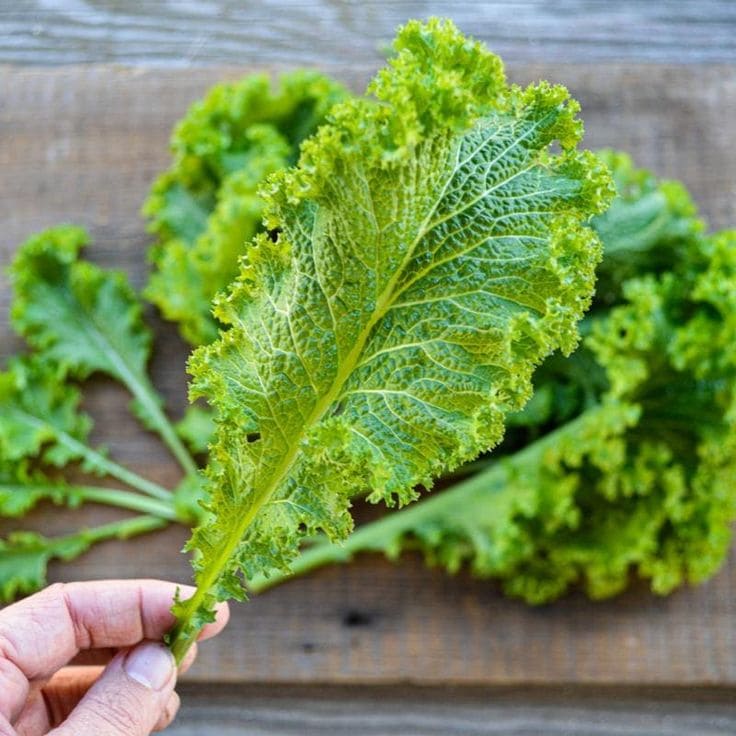
Mustard greens grow as if they’re daring you to keep up. When I cut the lower leaves, new ones seem to leap out within days, especially during those soft, rainy weeks of spring.
Their peppery bite is balanced beautifully when lightly wilted or stirred into stews. Quick, regular harvesting keeps them tender enough to eat raw too.
#8. Collard Greens

Collards feel like the grandmothers of the garden—strong, steady, endlessly giving. I pull the older outer leaves carefully, and the plant responds with more, almost in gratitude.
With high levels of calcium and fiber, collards have become a mainstay for late-season gardens. A little mulch and regular picking stretch their gifts deep into the colder months.
#9. Endive and Escarole

Endive and escarole add a slight bitterness that brings life to bland meals. By picking the outer leaves, I let the plants stay generous without rushing to bolt.
Harvesting these greens feels like gathering treasure after a cool spring rain. They add crunch and complexity to warm grain bowls and soups that need a little edge.
#10. Green Onions

Few things grow back with more cheerful energy than green onions. After snipping the green tops, I leave the white bases in the soil, and fresh shoots pop up within days.
Even when space feels tight, a few green onions tucked into container corners bring quick, flavorful harvests that feel almost effortless.
#11. Carrot Tops
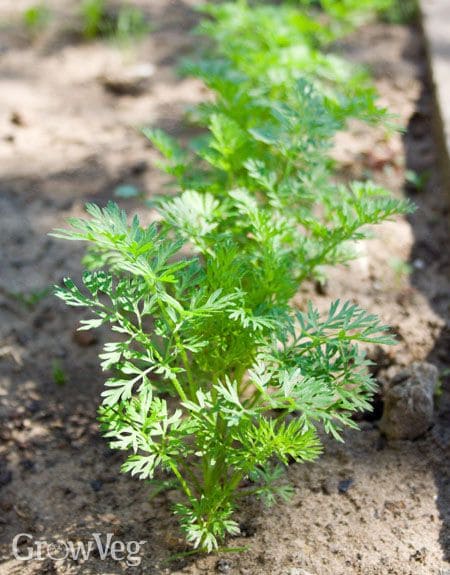
While carrots themselves won’t regrow, their feathery tops offer herbal magic long after pulling the roots. I snip gently and toss the greens into pestos and broths.
Leaving a few carrots to flower has attracted clouds of pollinators to my garden—bees, butterflies, and the occasional hummingbird sipping from delicate blooms.
#12. Cilantro
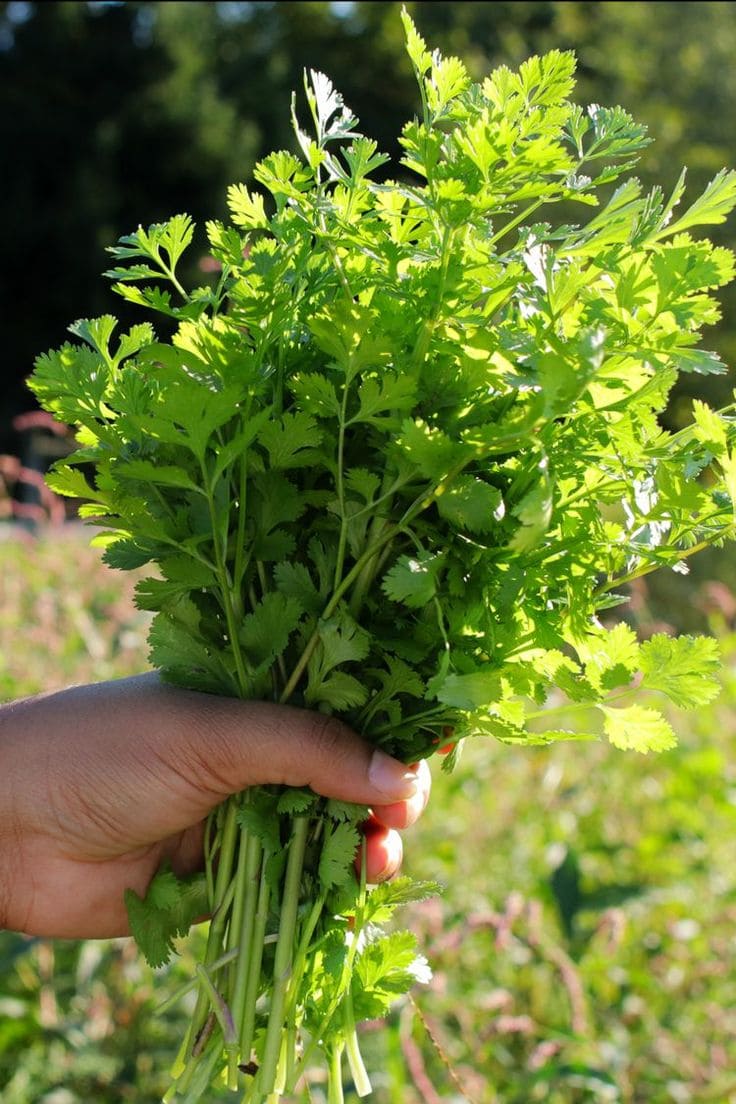
Cilantro moves quickly, which makes harvesting a kind of dance. Trimming the top stems encourages lush regrowth, especially when cool weather lingers.
When cilantro bolts, I let it scatter seeds. The coriander that follows brings its own rewards—a full-circle gift from a small, fleeting herb.
#13. Celery
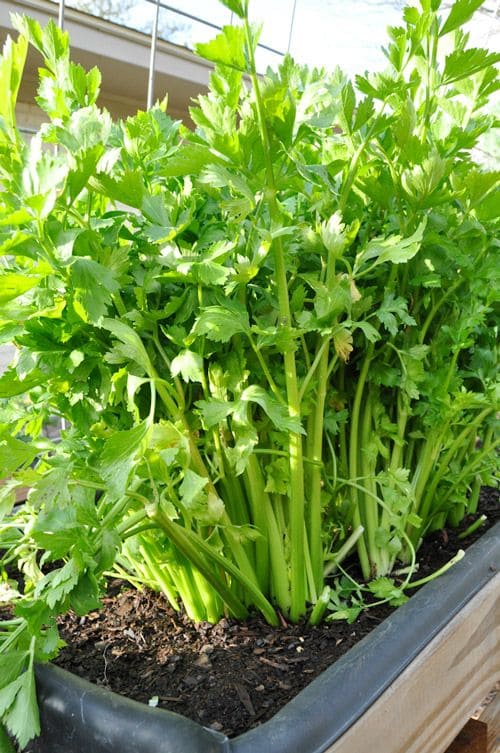
Cutting celery low and steady rewards you twice over. After each harvest, new tender stalks spiral up from the heart like a slow-motion fountain.
Moist soil and a touch of shade keep celery juicy and crisp. I always grow a few batches staggered throughout the season, ensuring no soup or summer snack goes without it.
#14. Leeks
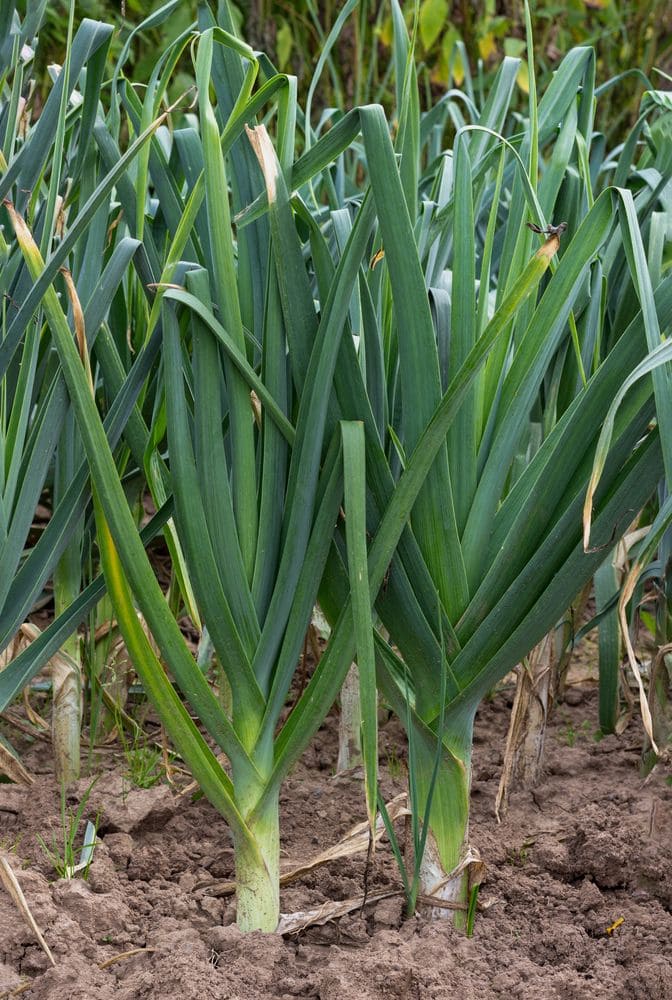
Leeks feel like the quiet workers of the garden—growing slowly, steadily, until you need them most. A small base left in the ground sends up slender, flavorful new leaves.
They bring a mellow sweetness to soups and stews, making chilly fall evenings feel just a little warmer.
#15. Cabbage
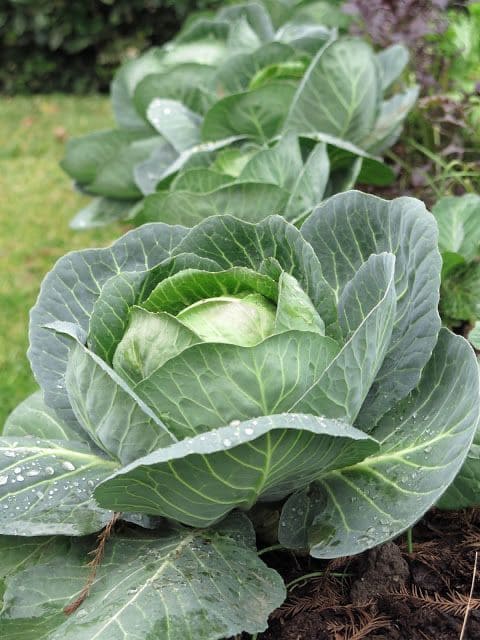
Cabbage gives twice if you know how to ask. After cutting the main head, I leave the base rooted, and little rosette-sized heads begin to form around it.
Even the smaller cabbages taste sweet and mild, perfect for quick slaws and stir-fries when bigger harvests feel too heavy.
#16. Fennel

Fennel’s feathery fronds rise like a green mist after the bulb is harvested. Sometimes I grow it just for the fragrant fronds, which flavor fish dishes and salads better than anything from the store.
When left alone, fennel’s flowers scatter seeds, offering yet another season of promise without replanting.
#17. Watercress
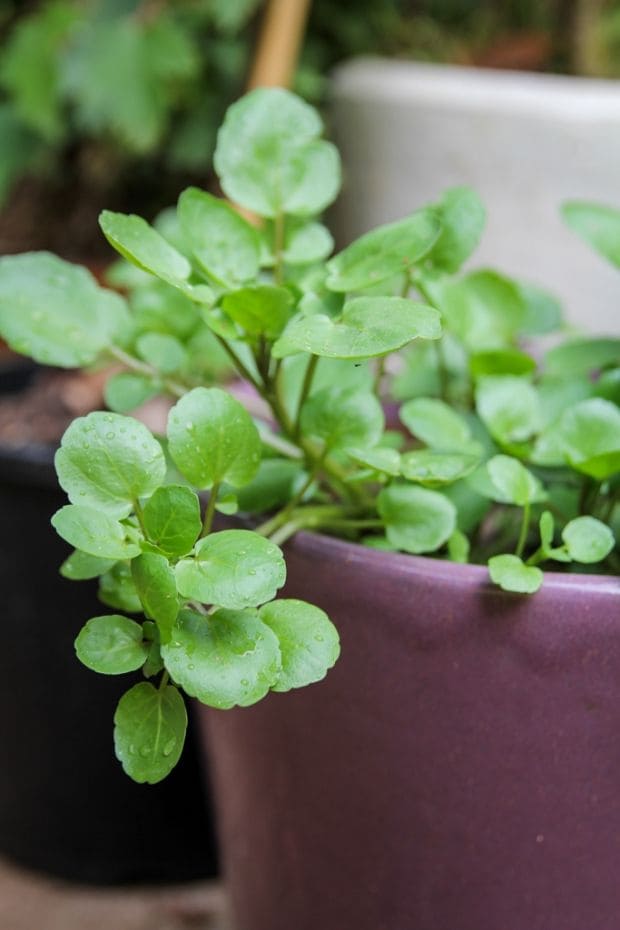
Fennel’s feathery fronds rise like a green mist after the bulb is harvested. Sometimes I grow it just for the fragrant fronds, which flavor fish dishes and salads better than anything from the store.
When left alone, fennel’s flowers scatter seeds, offering yet another season of promise without replanting.
#18. Radicchio
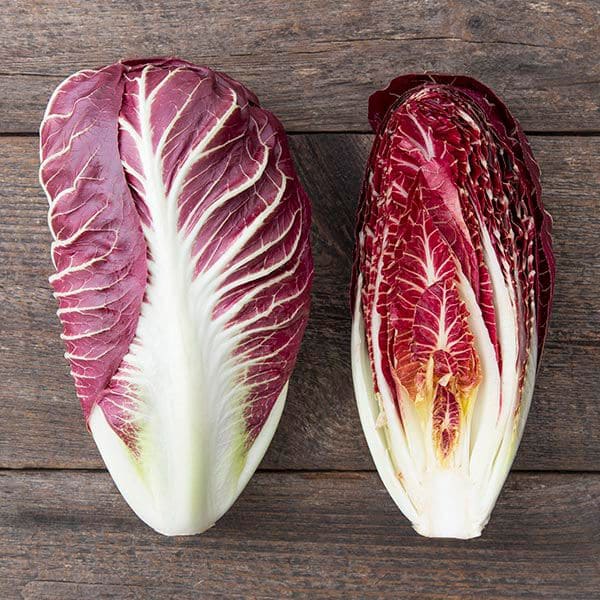
Fennel’s feathery fronds rise like a green mist after the bulb is harvested. Sometimes I grow it just for the fragrant fronds, which flavor fish dishes and salads better than anything from the store.
When left alone, fennel’s flowers scatter seeds, offering yet another season of promise without replanting.
#19. Purslane
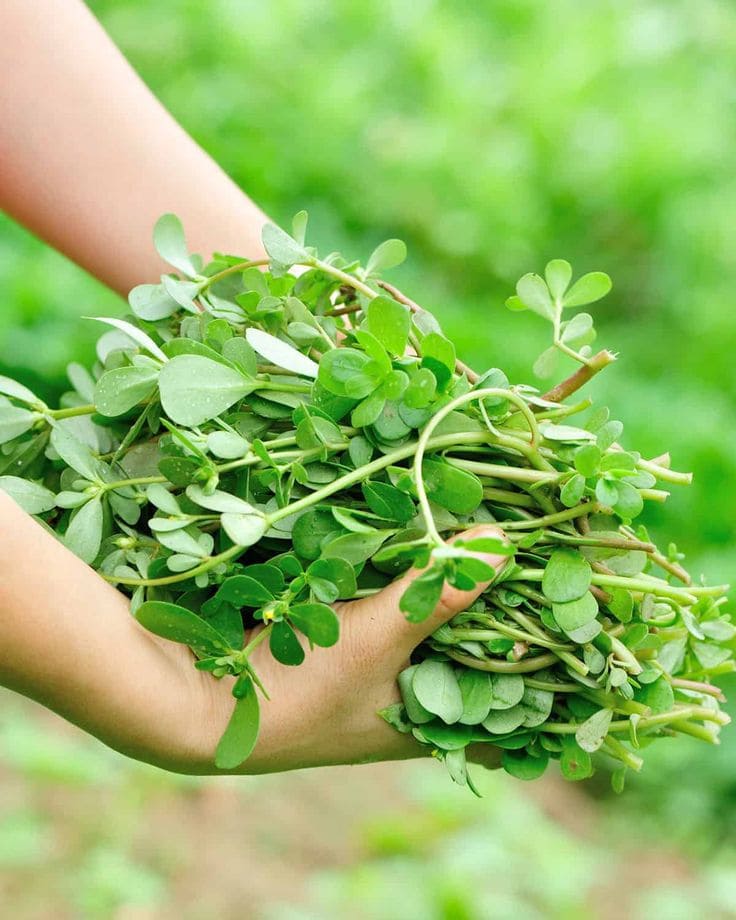
Purslane is persistence made edible. Every time I cut it back, it rushes to fill the empty spaces with soft, juicy leaves rich in omega-3s.
When added fresh to salads or layered into wraps, it adds a citrusy crunch that tastes like bottled sunshine.
#20. Amaranth Greens
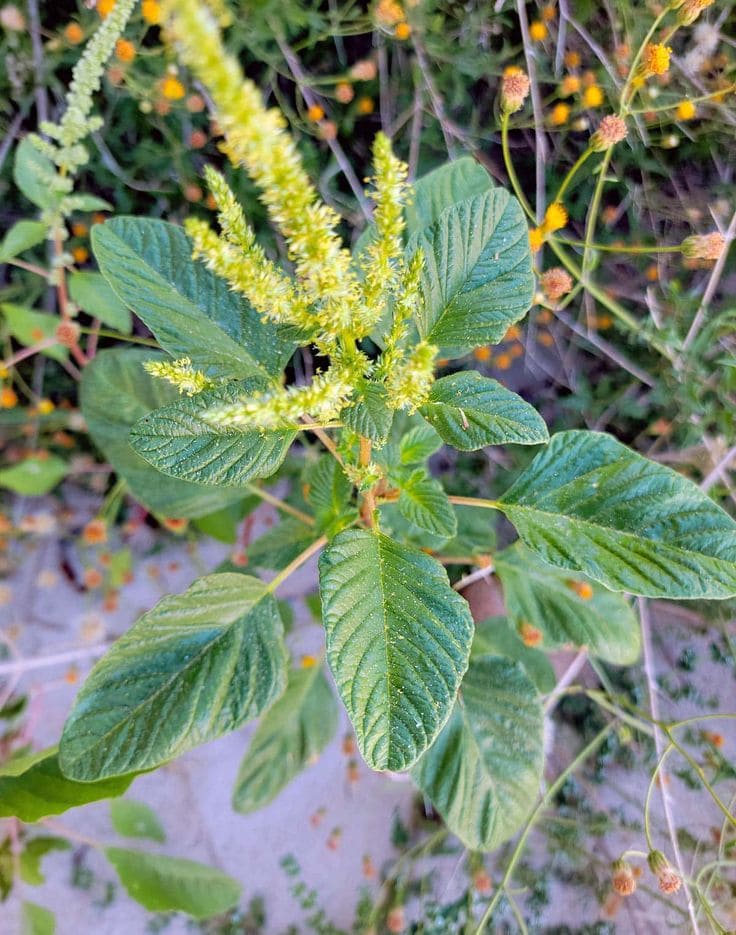
Amaranth greens keep giving long after the first harvest. After clipping the outer leaves, the plants shoot up new growth that’s tender and packed with nutrients.
Their gentle, nutty flavor holds up beautifully to sautéing, and even when the heat of July weighs heavy, amaranth thrives with almost defiant grace.
Final Thoughts
Growing “cut and come again” vegetables has made my garden feel less like a chore and more like a living conversation. These plants invite a slower pace, a habit of returning gently rather than taking all at once. They teach patience, reward care, and bring steady gifts season after season.
No matter how big or small your garden, adding even a few of these veggies can turn daily harvests into small celebrations. Each fresh shoot, each tender leaf, is a reminder that growth is ongoing—even after a cut, life leans toward renewal.
Start with one plant if you must, and see where it leads. Your garden—and your heart—will be richer for it.


